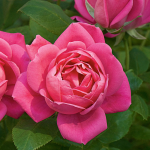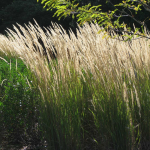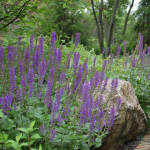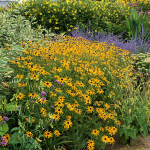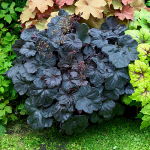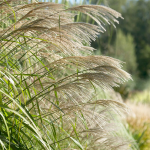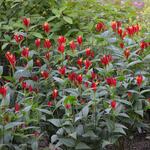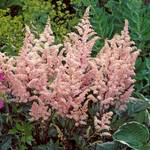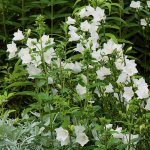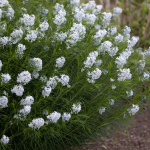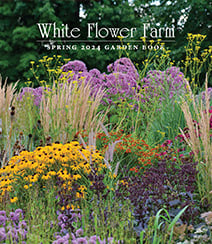Product Details
Everyone knows and loves the Asters that bloom in fall, but there are as well a handful of summer bloomers that are valued for their bright blue flowers and their exceptionally long bloom time. The best of them is Aster x frikartii 'Mönch.' Its graceful 2–3' stems bear masses of 2½" flowers all summer, in an extraordinary shade of lavender blue. An outstanding middle of the border plant with Achillea, Alchemilla, Alstroemeria, Antirrhinum, and Astrantia. 'Mönch' flowers best in full sun and evenly moist but well-drained soil. Best treated as an annual in the Deep South.
We count Asters among the great garden plants, because many of them bloom gloriously in late summer and fall when most garden plants are spent. There are many species, all of them having the classic Daisy form (outer ray flowers surrounding a central disk). They offer a range of rich colors, often with exceptionally handsome dark green foliage, easy dispositions, hardiness, and a ton of flowers at a time when color is at a premium. In addition, some Asters are among the longest-blooming plants known, the finest attribute a plant can have. Asters need full sun and reliable moisture, and often perform best if pinched in midsummer, which discipline produces a super-abundance of bloom on a plant precisely the size you want.
For more information on the growing and care of Asters, click Growing Guide.
Shipping
HOW PLANTS ARE SHIPPED
The size of the plants we ship has been selected to reduce the shock of transplanting. For some, this means a large, bareroot crown. Others cannot travel bareroot or transplant best if grown in containers. We ship these perennials and annuals in 1 pint pots, except as noted. We must point out that many perennials will not bloom the first year after planting, but will the following year, amply rewarding your patience. We ship bulbs as dormant, bare bulbs, sometimes with some wood shavings or moss. Shrubs, Roses, vines, and other woody plants may be shipped bareroot or in pots. The size of the pot is noted in the quick facts for each item.
WHEN WE SHIP
We ship our bulbs and plants at the right time for planting in your area, except as noted, with orders dispatched on a first-come, first-served basis by climate zone. We also ship a wide range of containers and planters, tools, supplies, fertilizers, garden wear, garden decor items, as well as indoor decorations like wreaths and dried bouquets when available. Estimated dates for shipping are indicated in the green Shipping Details box for each item. Please supply a street address for delivery. Kindly contact us with two weeks notice, if you'll be away at the expected time of delivery.
OUR GUARANTEE
We guarantee to ship plants that are in prime condition for growing. If your order is damaged or fails to meet your expectations, we will cheerfully replace or refund it. Please contact our Customer Service Department at 1-800-503-9624 or email us at [email protected]. Please include your order number or customer number when contacting us.
Reviews
Average Customer Rating:
 (6 Reviews)
Write a Review
(6 Reviews)
Write a Review
Sort by:
Stunning 
Christopher Benjamin from Connecticut
23 of 23 people found this review helpful. Do you? yes no Certified buyer
Monch aster 
Andrea Berman from Salt Lake City, Utah
huge and beautiful 
A viewer from Pittsburgh, PA
50 of 50 people found this review helpful. Do you? yes no Certified buyer
So very special! 
A viewer from Mid-Atlantic USA
40 of 40 people found this review helpful. Do you? yes no Certified buyer
extremely cute so far 
Lucianne from Lancaster PA
Growing guide
Until recently plants now classified as Symphyotrichum and Eurybia were classified with Asters. However, even though the horticultural classification has changed for some of the plants we offer, they all share the same growing instructions.
Grow in full sun (or partial shade in the South) in moist but well-drained soil (A. amellus tolerates drought). S. novae-angliae varieties are susceptible to powdery mildew in dry soil. They also require division every year or two to remain vigorous. S. novae-angliae varieties may require staking; if you prefer, you can pinch them back once or twice (by 1/3–1/2) before the end of June (July in the South and the Southwest) to keep them compact. In the South, A. X frikartii 'Monch' may stop blooming by midsummer; shear it back by half, and it will bloom again through the better part of fall.

